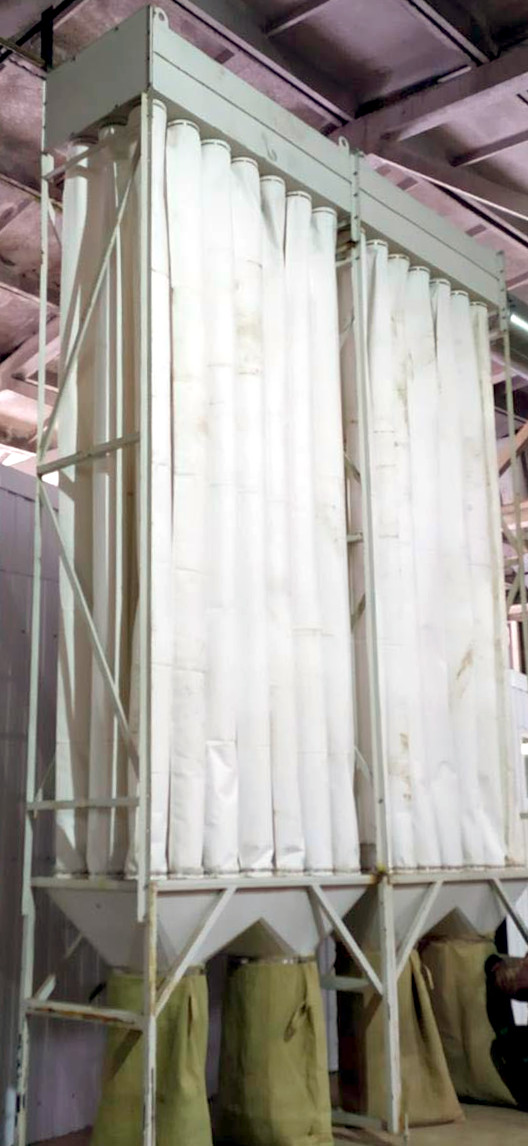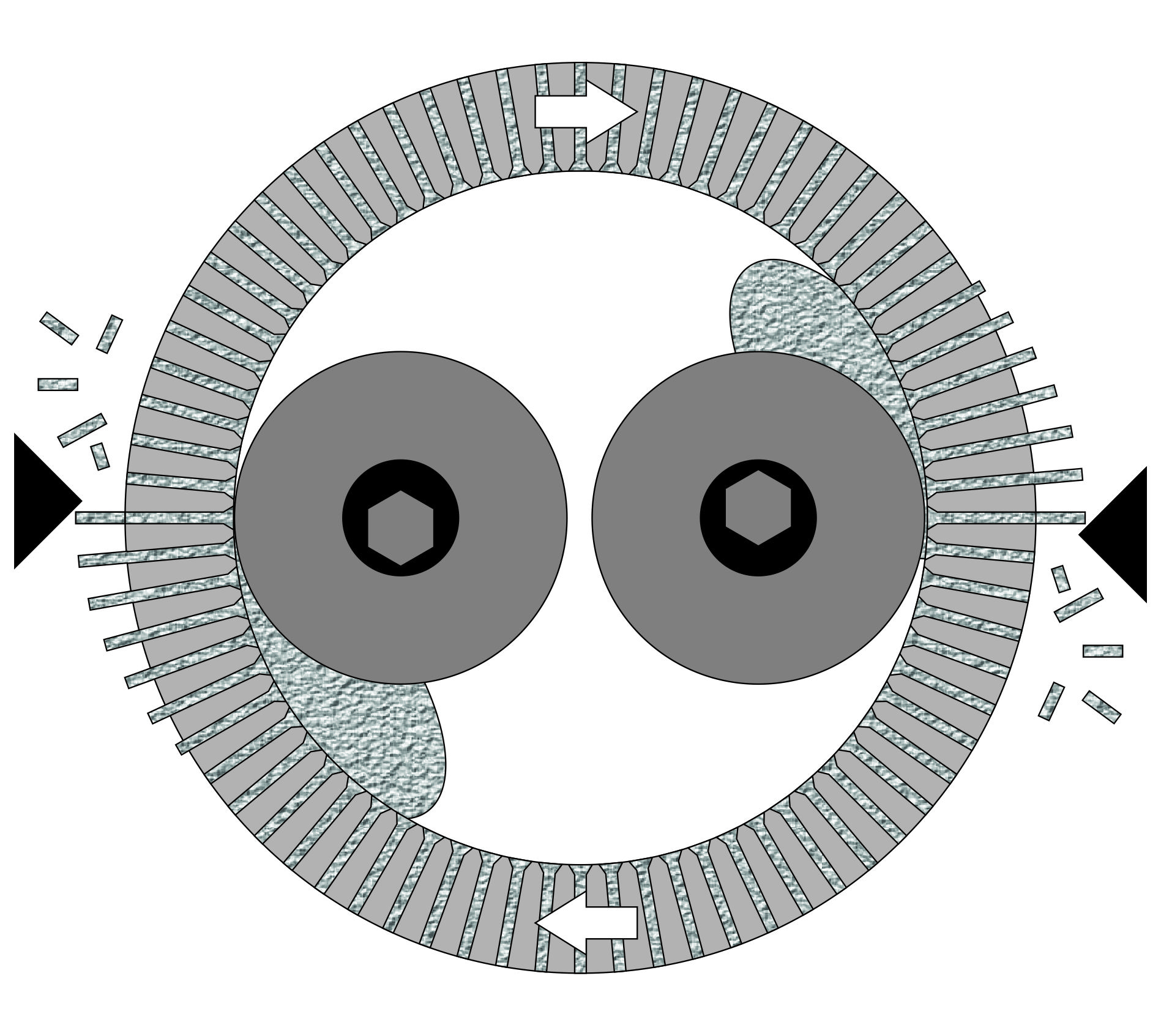Cold water can be used if its addition is minimal and temporary during the dryer setup. However, if the raw material is sunflower husk or polish dust, initially having a low moisture content of 5-7%, using hot water or steam is essential for consistently high pellet quality. Extremely low moisture reduces the raw material's hygroscopicity; water droplets may stick to the particles but do not penetrate deep during mixing. This results in "torn" pellets, similar to over-moistening, and a large amount of dry dust, indicating a lack of water. In such cases, besides supplying hot water, the optimal particle size needs to be chosen and the die lengthened for a prolonged pressure hold on the material. The increased load is compensated by selecting a die with a reduced track width, which leads to decreased pellet mill productivity but allows for stable and high-quality pellet production.
To express it in numbers, heating 1 ton of sawdust by 100°C (212°F) requires approximately 150 MJ (142,100 BTU) of heat, and heating 100 liters (26 gallons) of water by 100°C consumes 42 MJ (39,844 BTU) of energy. Roughly speaking, if we need to supply 100 liters of cold water while processing 1 ton per hour, the difference in the energy required for heating the moistened and dry particles will be 25-30%. Accordingly, dry particles won't bond even if they reach 100°C at the surface of the die, while moist particles won't heat sufficiently and will only cause bloating. Since the heating of raw materials and moisture happens only by friction on the surface of the shells with minimal mixing, the redistribution rate of temperature and moisture is insufficient when cold water is supplied, especially with large droplets from nozzles. Additionally, the different friction coefficients between dry and moist raw materials on the die's steel surface contribute to these issues. Dry materials create excessive resistance and local overheating, promoting moisture boiling in individual particles. In such operating mode, not only is there defective output, but maintaining stable pellet production becomes impossible as the outgoing product uncontrollably transitions into a bloated mass or wet mush.
The influence of raw material ash content is noticeable when processing chicken manure. Poultry feed originally contains a considerable amount of chalk and other mineral additives, which are not fully absorbed. The composition of manure from caged versus free-range environments differs significantly, as does the ash content of bedding materials like sawdust, sunflower husk, and other relatively cheap hygroscopic materials. Thus, depending on the diet, the ash content of dried manure fluctuates from 15 to 30%. Even at minimum levels, this is about 10% higher than typical biomass for fuel pellets. To stably extrude such material, moisture content must be maintained between 17-22%, which is also about 10% higher than when pelletizing sawdust or husk. This empirical relationship holds true with increasing raw material ash content, particularly when producing complex organic-mineral fertilizers with additives like dolomite powder, ammonium phosphate, and trace elements. For instance, adding an additional 30% minerals increases the ash content by 20% and requires an additional 150-200 liters (40-53 gallons) of water per ton. Moisture evaporation becomes so intense that the amount of condensate drained from the pellet mill's aspiration system can reach up to 40-50 liters (10-13 gallons) per hour. In this situation, the compression ratio should be reduced from 1:4 to 1:3, especially for dies with a hole diameter of up to 5 mm (0.2 inches).









